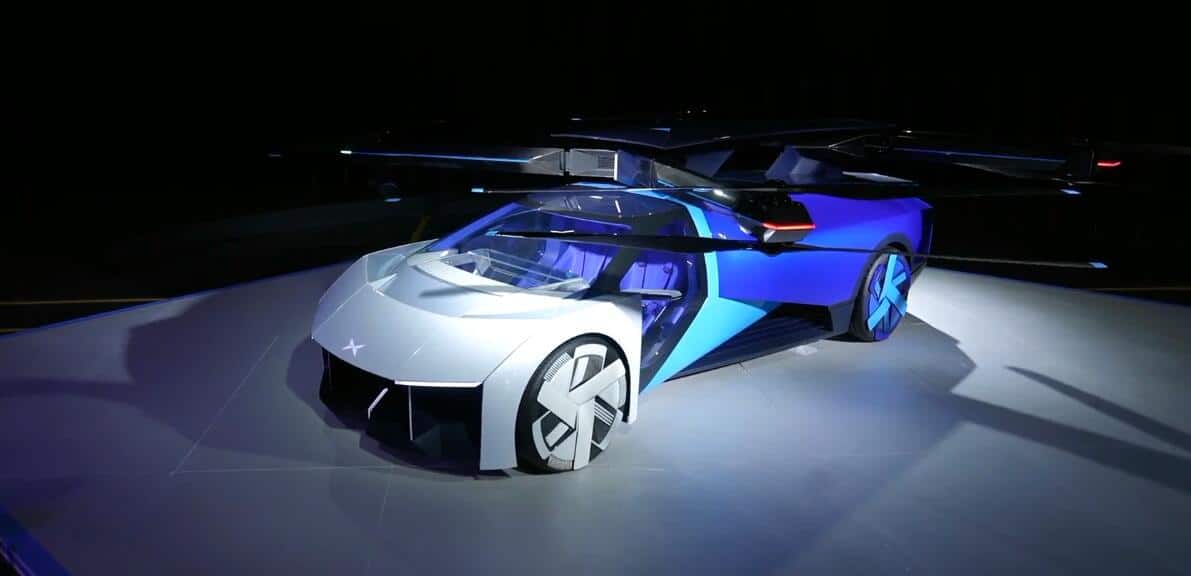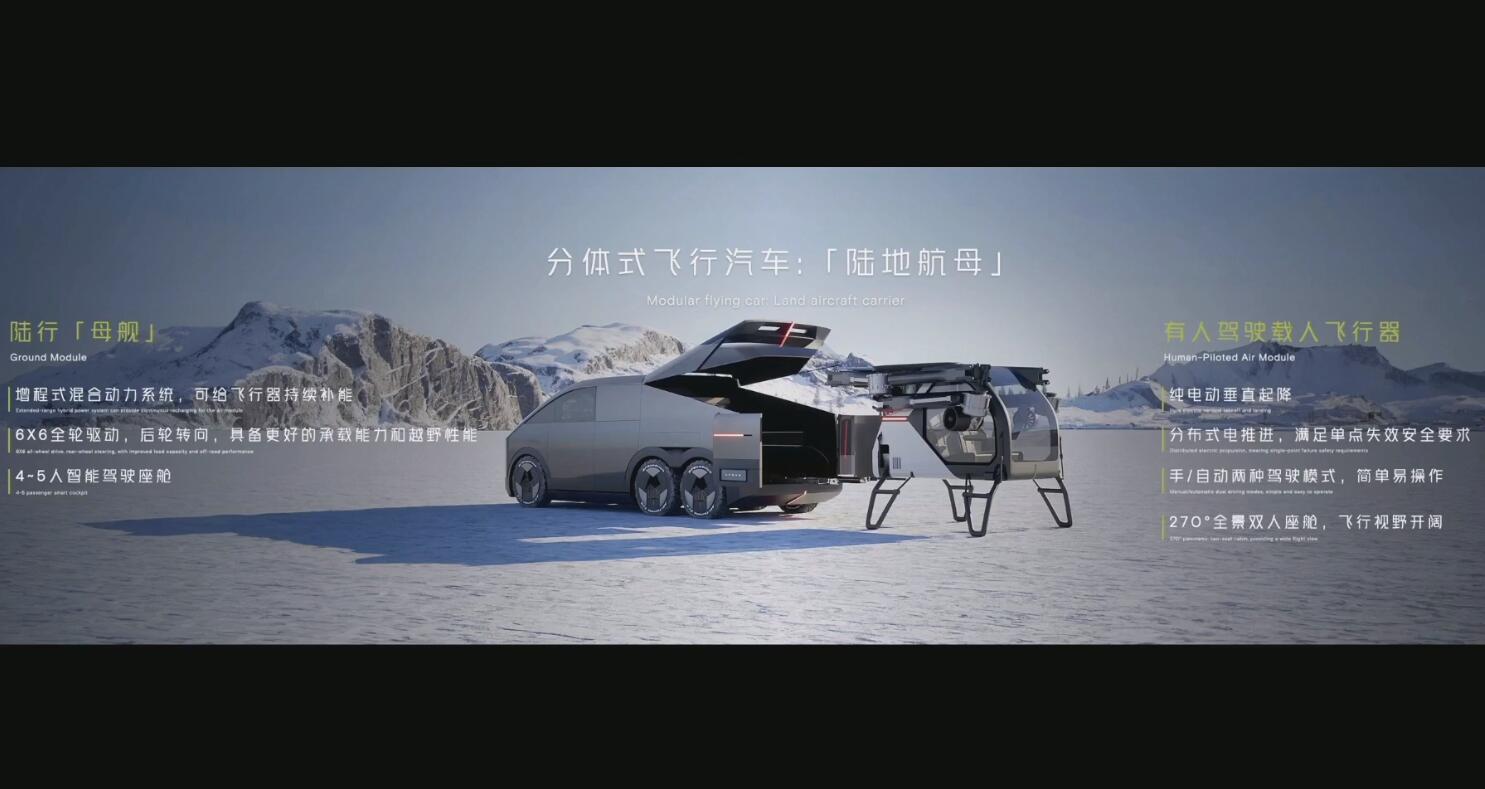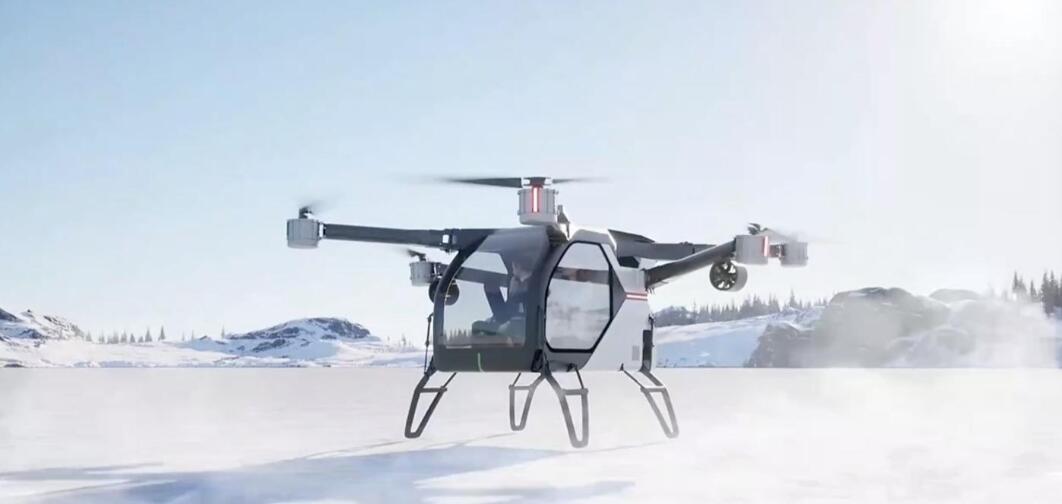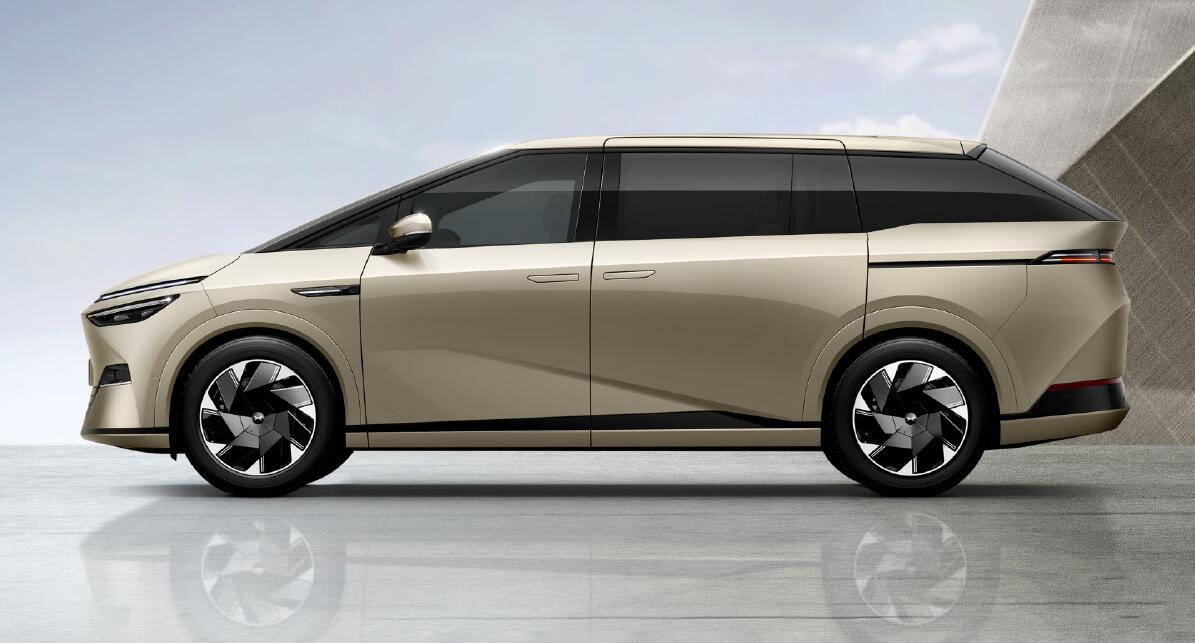By the end of 2024, XNGP will be available across the road network in major cities in China, and NGP functionality will be available in Europe by then, Xpeng said.
Xpeng (NYSE: XPEV) unveiled its latest technologies at its annual 1024 Tech Day event today to showcase its in-house R&D capabilities.
At the fifth annual Tech Day, held in Guangzhou, where it is headquartered, the Chinese electric vehicle maker showcased the latest advances in its assisted driving feature, XNGP (Navigation Guided Pilot), smart cabin system, powertrain system, electrical and electronic architecture, smart manufacturing, flying car and robot technology.
Xpeng is actively conducting engineering tests of XNGP to expand its availability on urban roads, the company said.
XNGP currently covers five cities, and Xpeng plans to roll out XNGP functionality in 20 cities not covered by HD maps by the end of November, expanding coverage to 50 cities by the end of the year.
By the end of 2024, XNGP will be available across the road network in major cities in China, and NGP functionality will be available in Europe by then, Xpeng said.
The company also launched a new ADAS (Advanced Driver Assistance System) feature, AI Valet Driver.
When the feature is activated, drivers can set a start and end point anywhere in the city. After driving manually once, a memorized route is created. Later, when the driver chooses the same travel route, the driver can activate the AI Valet Driver function to realize advanced assisted driving for specific routes or scenarios in the city.
At the event today, Xpeng demonstrated its ultimate architecture for full-scenario ADAS, Xbrain, which is supported by Xnet 2.0, a next-generation perception architecture with spatial understanding, and Xplanner, a neural-network-based planning and control system that enables more human-like learning, think and act.
The company also announced a smart cockpit operating system called XOS Tianji, which it said seamlessly integrates Xpeng's smart driving capabilities with next-generation smart cockpit scenarios to enhance the human-machine co-driving experience.
Xpeng has also integrated XGPT, a large-scale artificial intelligence model, into the smart cockpit system, enabling faster and more concise responses to user requests and more natural interactions.
AI foundation models are not only used to enhance smart driving and smart cockpit capabilities, but also for vehicle design and code development, enhancing multiple business areas and research areas, the company said.
Xpeng also spent a lot of time today introducing its AeroHT flying car development plans.
AeroHT unveiled two flying car development paths, the electric vertical takeoff and landing (eVTOL) flying car and the modular flying car, adding more possibilities to Xpeng's mobility ecosystem, the electric car company said.
The modular flying car complete consists of a flying car, as well as a parent vehicle that can replenish the flying car's energy.
The mother vehicle will have an extended-range powertrain, 6*6 all-wheel drive, and rear-wheel steering.
In addition to the flying car, Xpeng also announced a new bipedal robot, PX5, which it said can achieve excellent bipedal walking and obstacle-crossing abilities.
In the future, Xpeng will apply Xnet deep neural network, XEEA, XGPT and other smart electric vehicle technologies to intelligent robots, the company said.
Xpeng also gave a brief appearance of its first MPV (Multi-Purpose Vehicle) model, X9, at the end of today's event, which it said is the world's first MPV with rear-wheel steering.
The X9 will be Xpeng's first model to feature the XOS Tianji intelligent cockpit system and is expected to be officially unveiled at the Guangzhou auto show in November.
The X9 entered a filing catalog with China's Ministry of Industry and Information Technology (MIIT) last month, and key specification information has been revealed.






